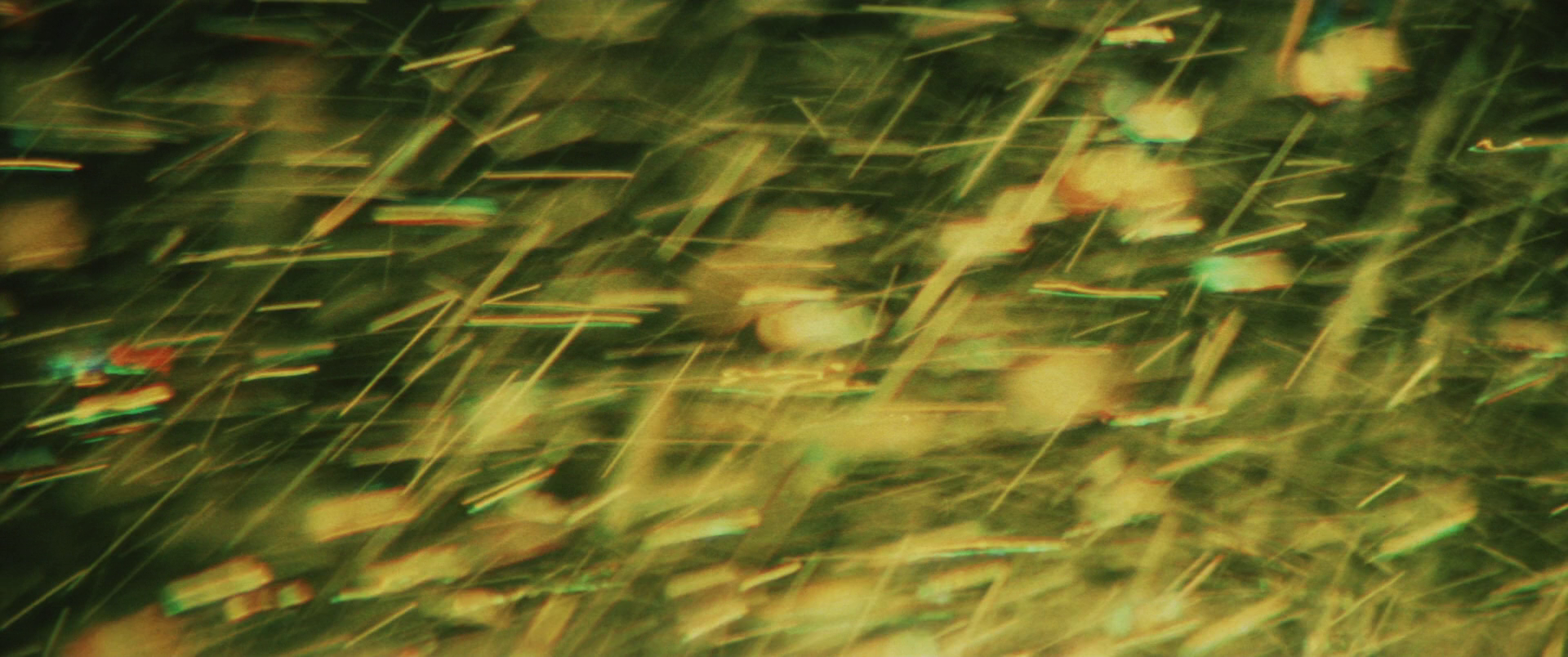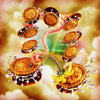In Translation | "The Mischievous Detective" by Takao Saito
The birth of gekiga
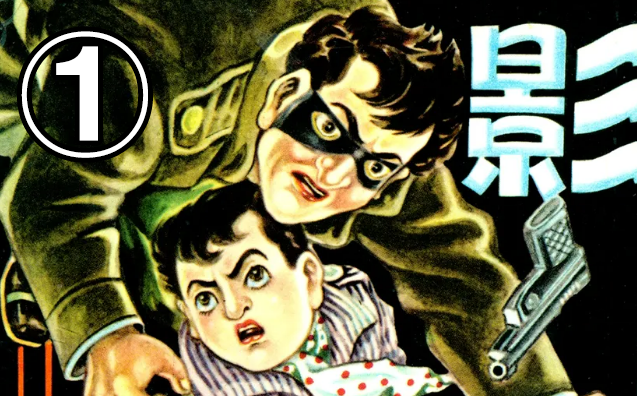
Welcome one and welcome all to the first chapter in my effort to translate the influential Kage (or Shadow, in English)! Over the next little while--maybe interrupted by some other projects and essays, we'll see--I'm hoping to bring this slice of manga history to an English audience that has desperately been missing it all these years.
We'll have plenty of time for a more complete look at the history and importance of Kage as we go, but for now, the basics.
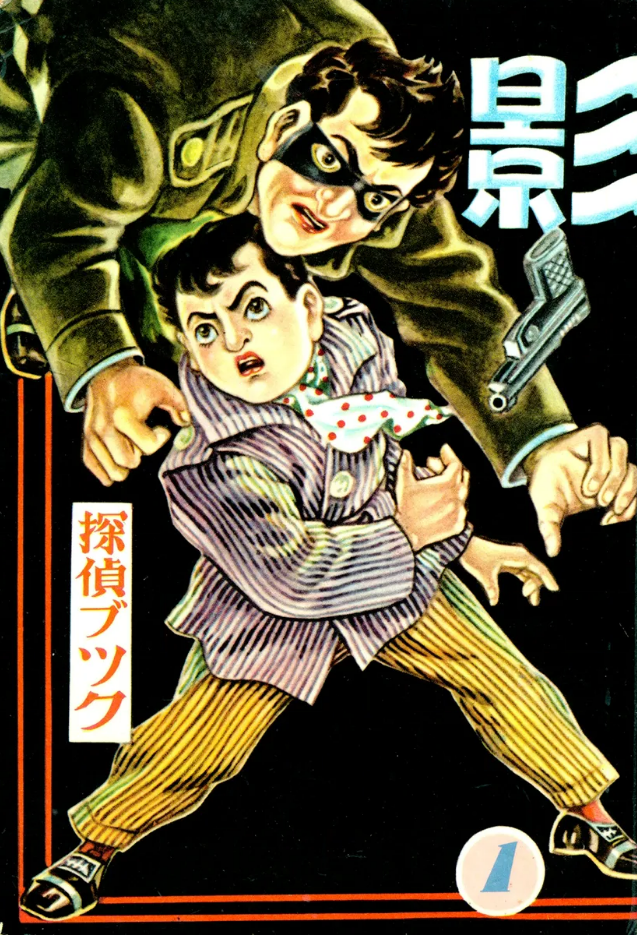
Published in 1956 for the rental book market (books designed to be rented, or kashihon, were the dominant form of manga distribution before the manga magazine took off), Kage features the work of a circle of manga artists working for the publisher Hinomaru Bunko creating the first manga publication dedicated exclusively to detective and mystery fiction.
This is a big enough deal on its own. But MUCH more important is what those artists got up to with their crime stories. A close knit group of several of the names featured – Yoshihiro Tatsumi, Saito Takao, Masami Kuroda, and Masahiko Matsumoto – began to develop a new kind of manga within the pages of Kage, something darker, more adult, with a heavier sense of realism and a palpable influence from noir and the burgeoning Japanese new wave of cinema.
What you see in Kage is, essentially, the birth of gekiga, though the term wouldn't exist until the following year. It is, then, not an exaggeration to say that Kage shifted the shape of manga forever.
And I really can't stress how everyone involved with Kage is a titan in the history of manga. Yoshihiro Tatsumi would go on coin the term gekiga as well as possibly become the face of the movement in the English speaking world thanks to his work like A Drifting Life; Saito Takao (responsible for today's comic) would become one of the most successful manga artists of all time; and even those outside of the group stuck in that apartment were huge, like Macoto Takahashi, who is an instrumental figure in the world of shoujo (work marketed to young girls) manga. What I'm trying to say is this isn't just an influential curio. It's a book stuffed to the gills by many of the best who have ever done it.
So with that out of the way....let's kick things off with a delightful little adventure written by none other than the legend himself, Takao Saito. If you don't know Saito's name, you almost definitely know his work: this is the man responsible for the titanic, obscenely long gekiga mainstay of sex and violence, Golgo 13. But you won't find that hard edged action here. Instead, "The Mischievous Detective" is a delightful little whodunnit in miniature, a murder mystery done up in full color and displaying a real cinematic eye (a major feature of gekiga). Filtered through the perspective of its titular boy detective, these ten or so pages have a real pep in their step, a sense of energy and fun to go along with the crime.
Enjoy!
One quick caveat: As far as I've been able to find, none of these stories have been published in English with the exception of the ones written by Masahiko Matsumoto, though they're hard to find, and I don't really have any interest in stepping on toes and putting my own inferior translation up here, so I'll be excluding his work here. "The Man Next Door" is kind of a masterpiece and I highly suggest going through the effort to seek it out though!
If any of these others HAVE been released and I just missed it somehow, let me know ASAP!!

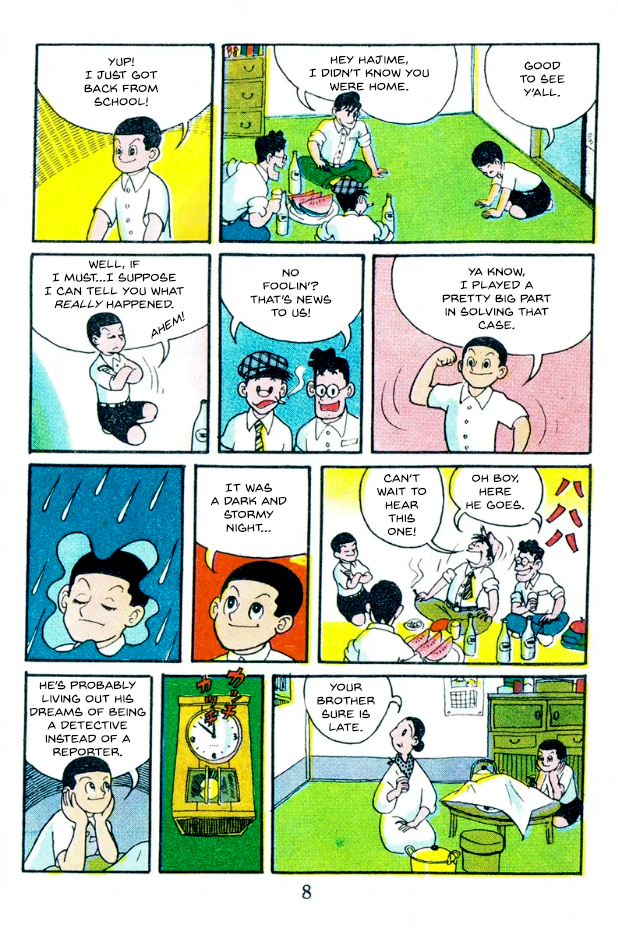

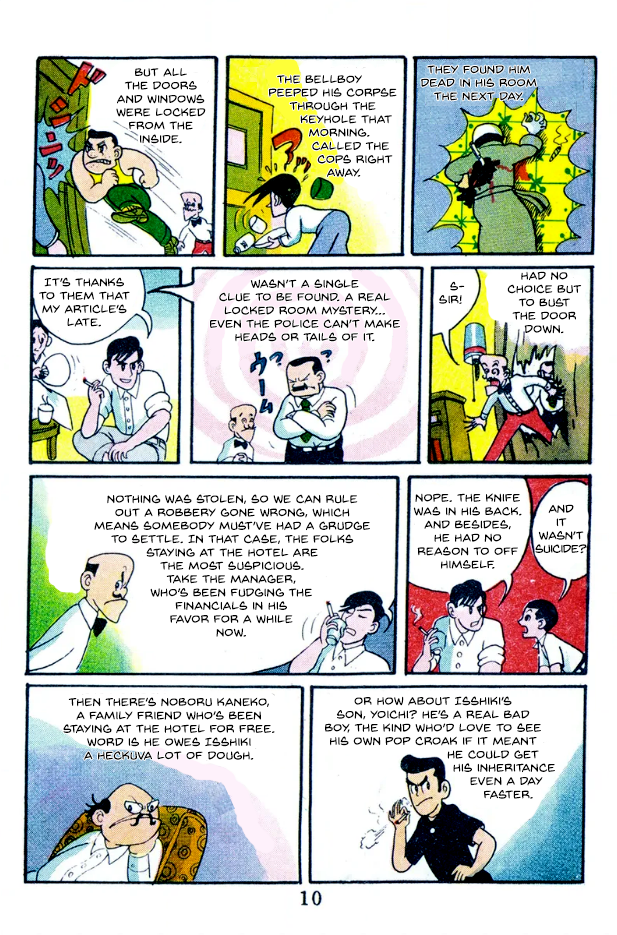
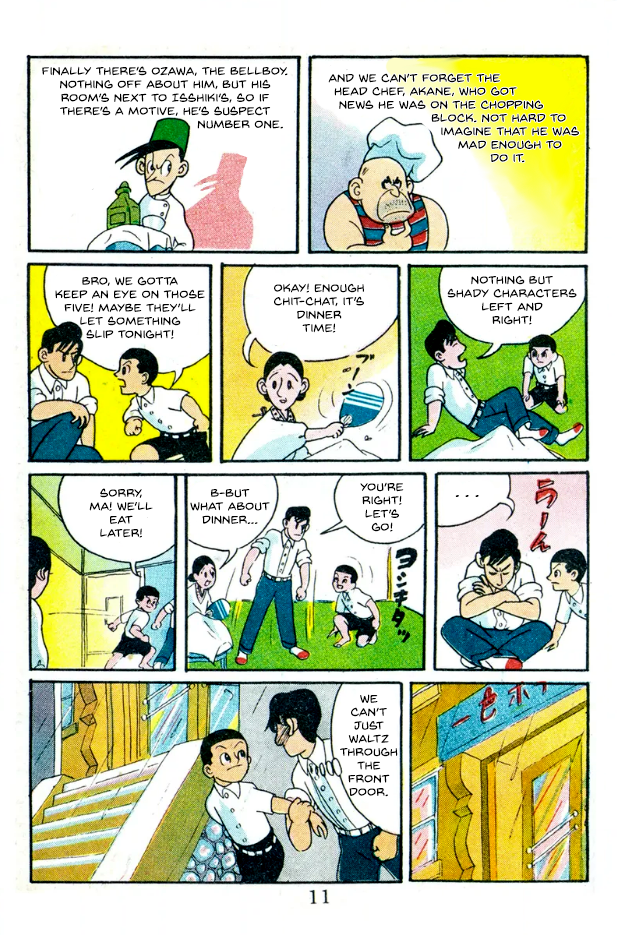
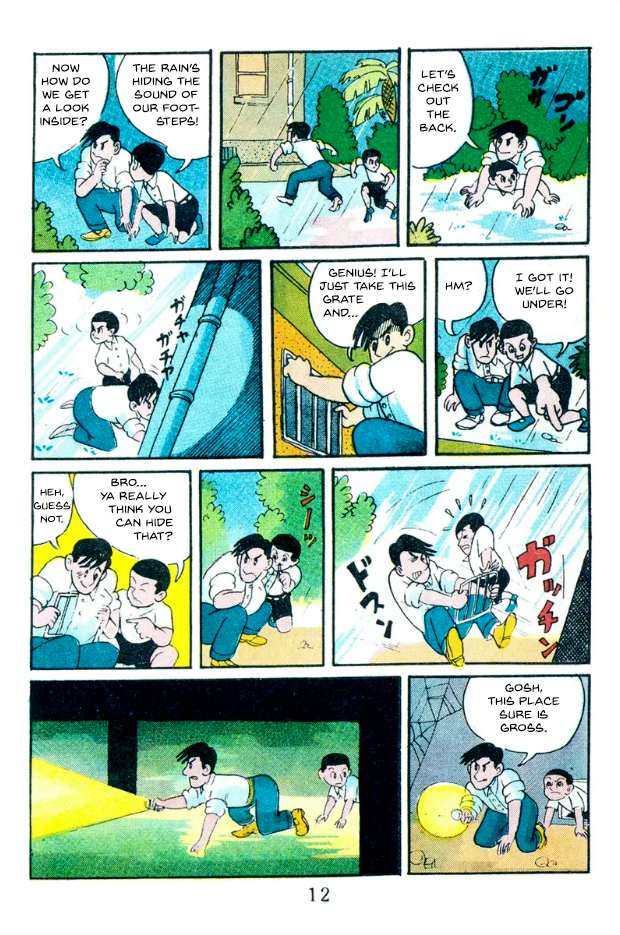
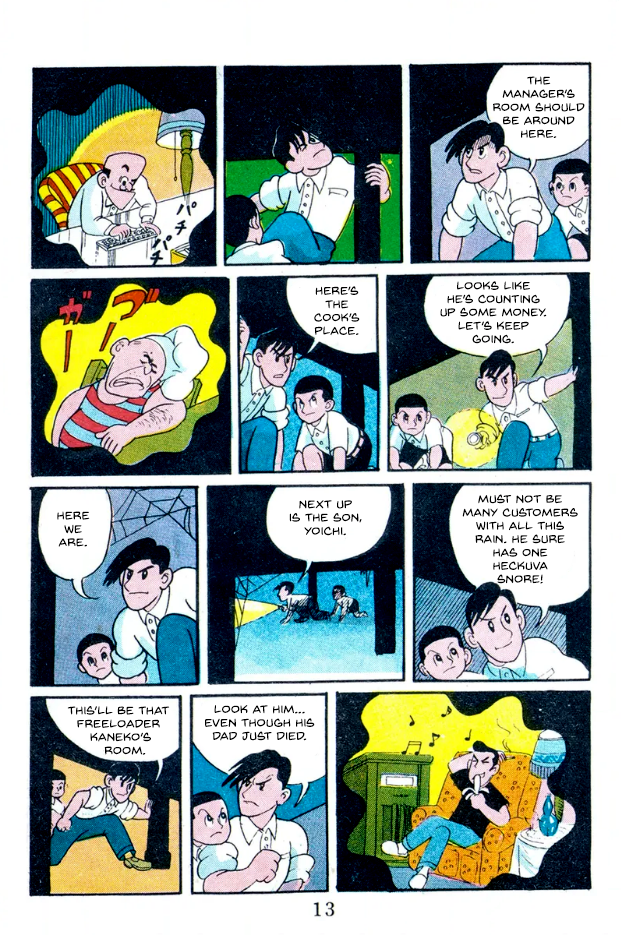
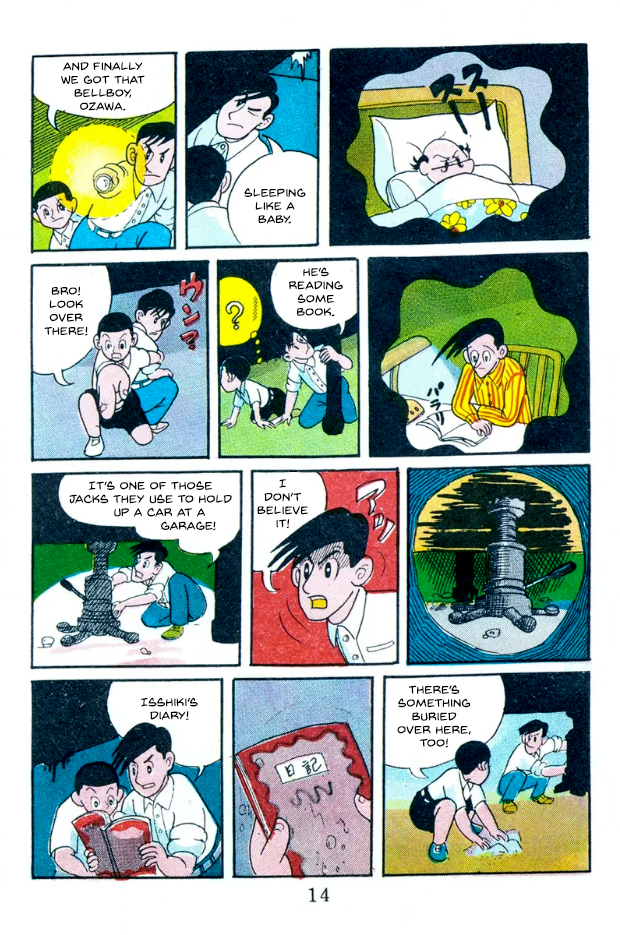
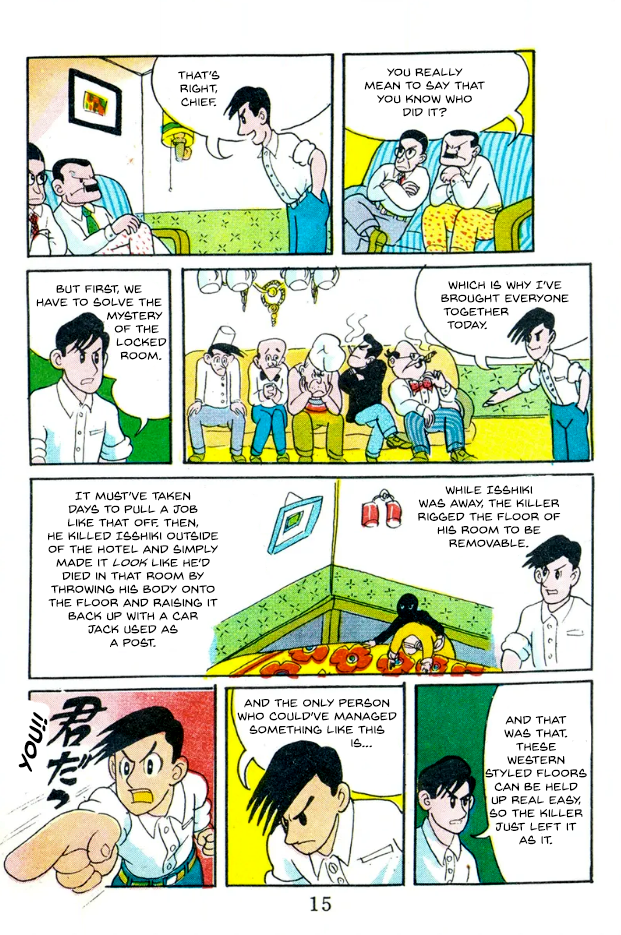
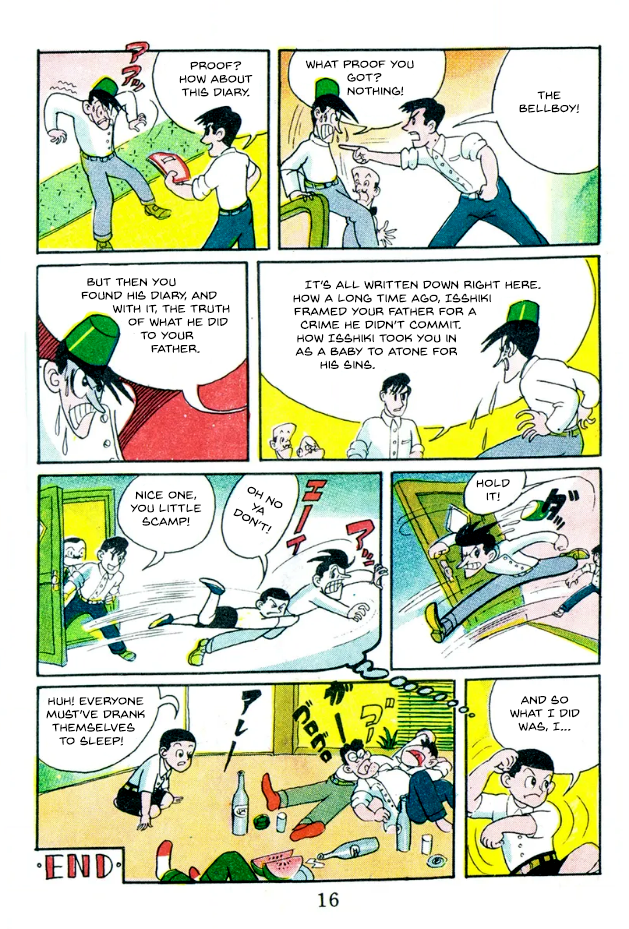
Music of the Week | Fani mani by KOM_I & Foodman
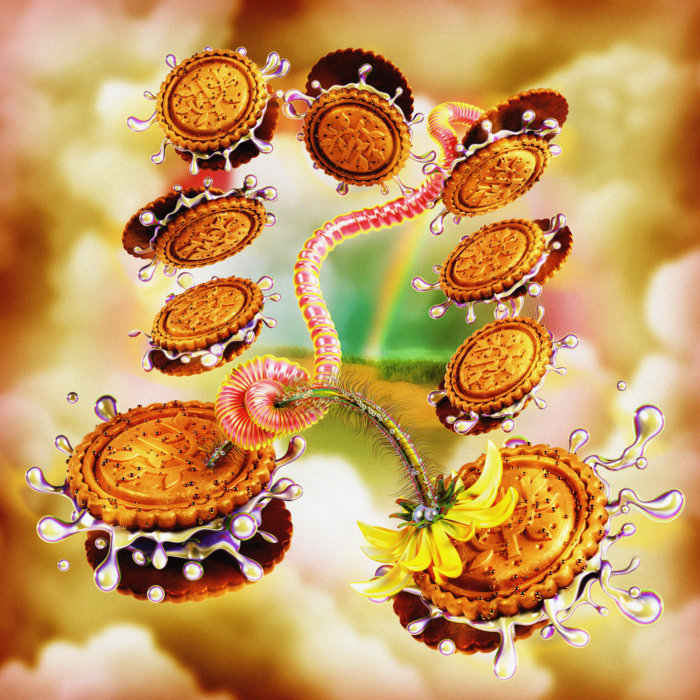
KOM_I, the former frontman for somehow mainstream weirdo project, Wednesday Campanella, returns to us like a light shone down from god in the form of an EP collab with footwork legend, Foodman and the results are about as awesome as you’d expect. Taking heavy influence from her time outside of Japan (mainly India), Fani mani chops and twists simple phrases and traditional instruments into increasingly hypnotic electronic rhythms. It’s only fifteen minutes, but it’s fifteen minutes of gold, a release that’s dangerous to listen to in public because you will unconsciously start moving your entire body to the trance.
Book of the Week | Bonobono by Mikio Igarashi
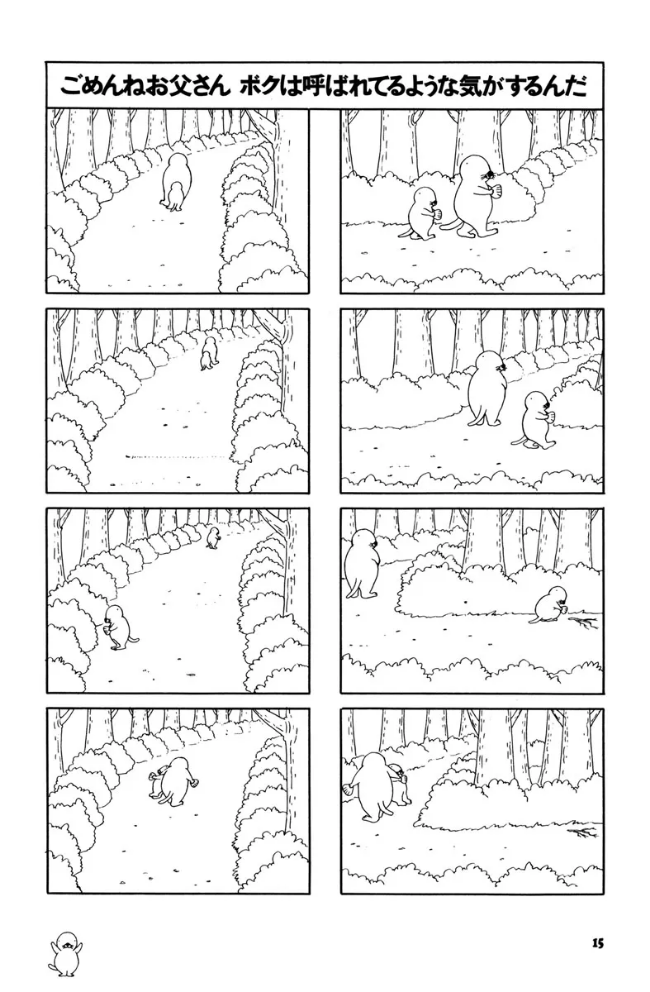
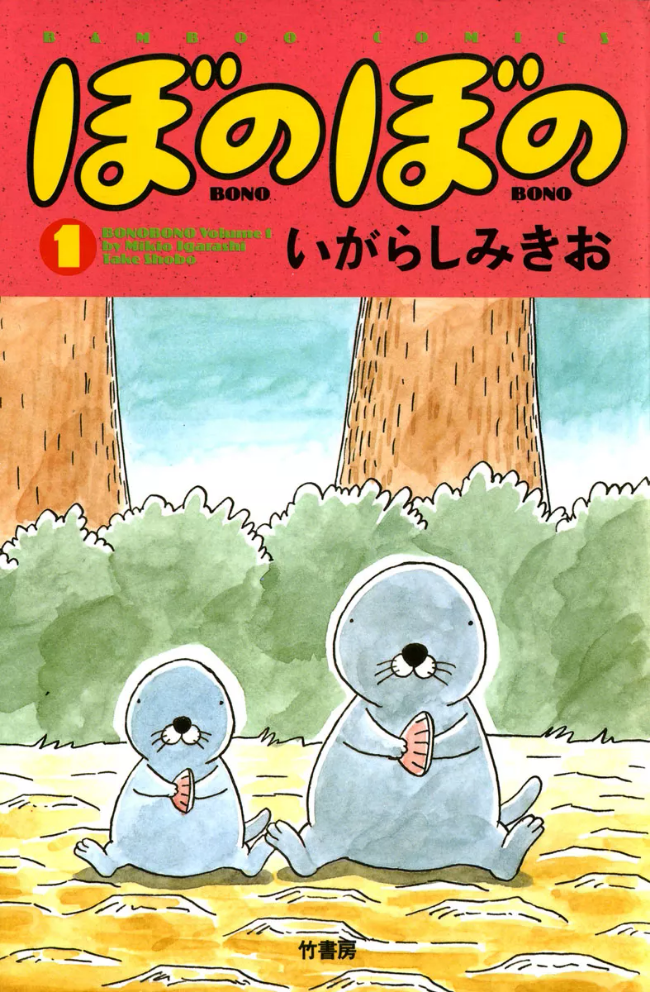
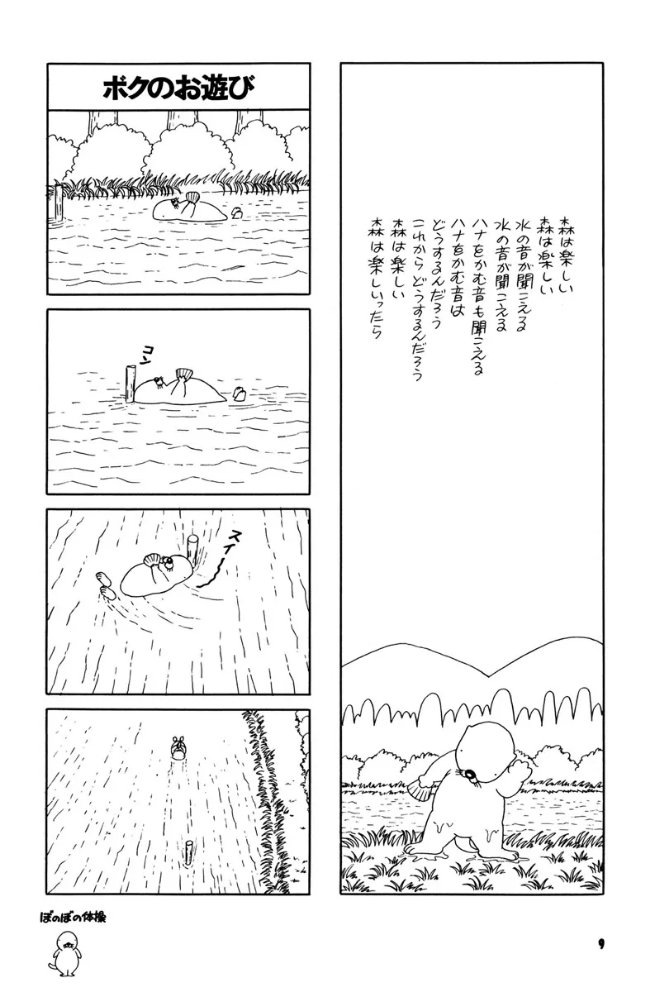
A long running yonkoma (four panel) series about a little sea otter and his little animal friends, Bonobono might be the closest to enlightenment any comic has ever come. So quiet and so gentle but also uproariously funny, Bonobono muses with the most unpretentious poetics imaginable about the beauty of life and living while simultaneously making me gut laugh. It’s perfect; maybe four panels is all you need to make a sad day happy.
Movie of the Week | Teki Cometh (dir. Daihachi Yoshida, 2025)
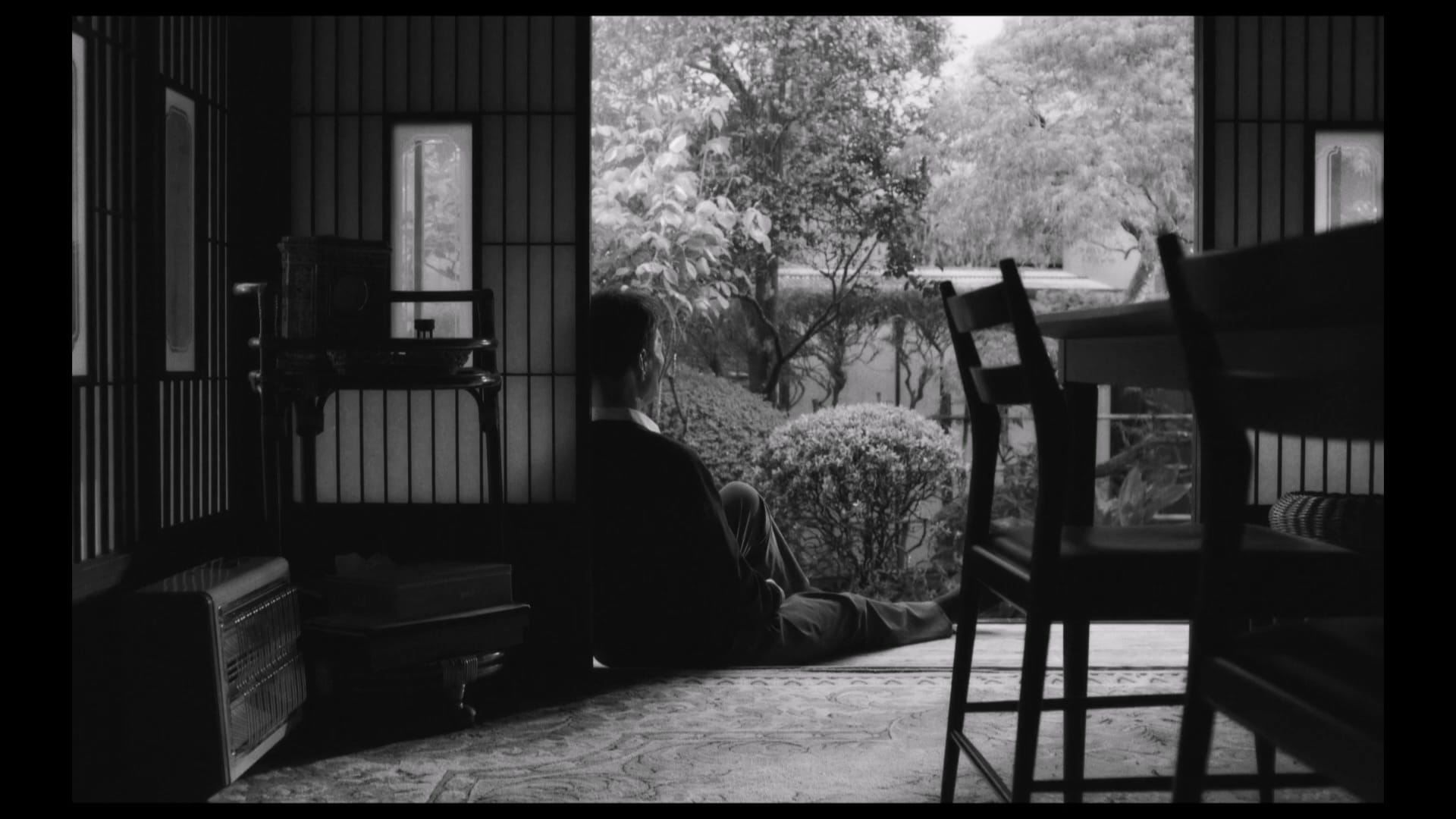
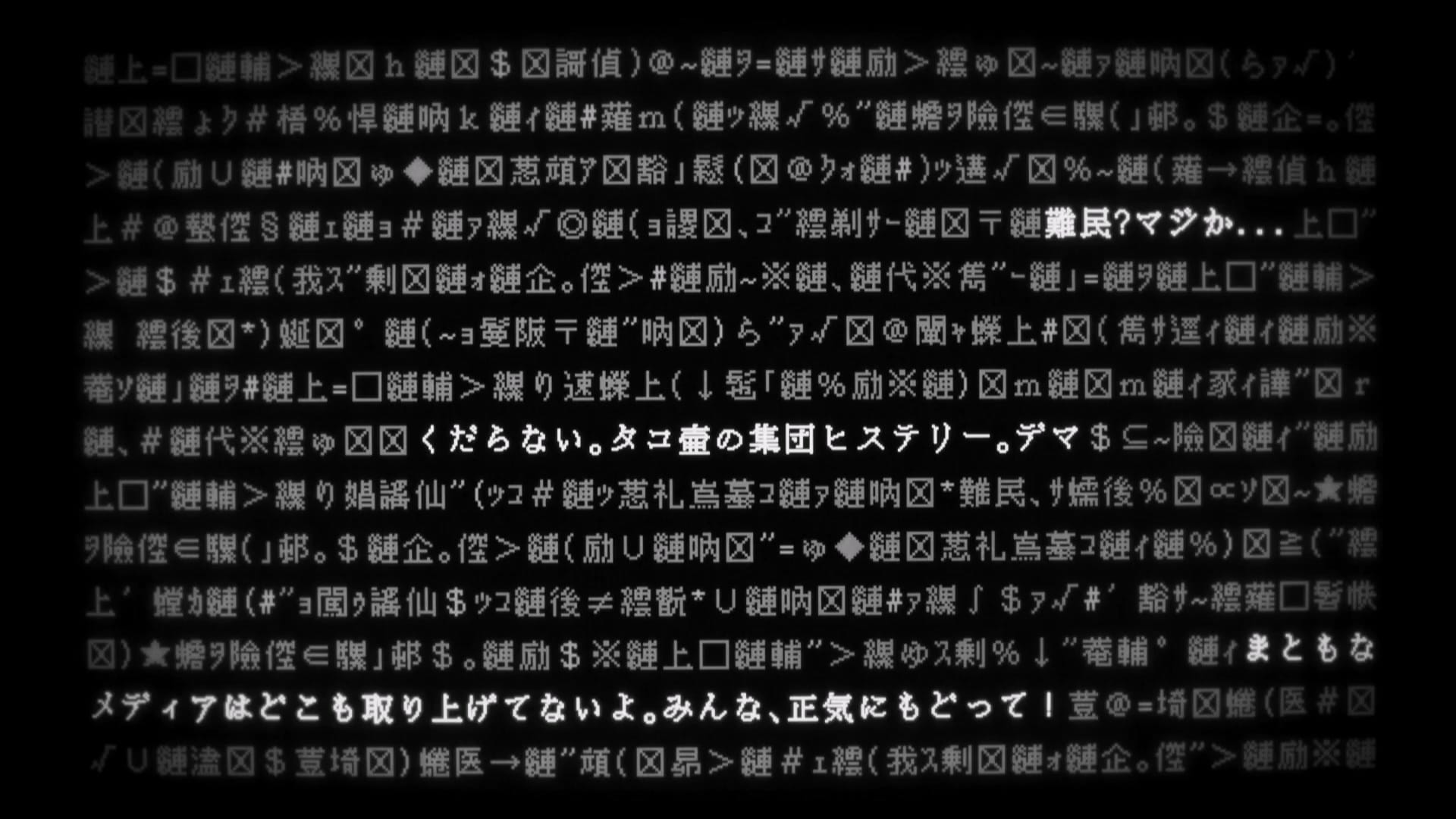
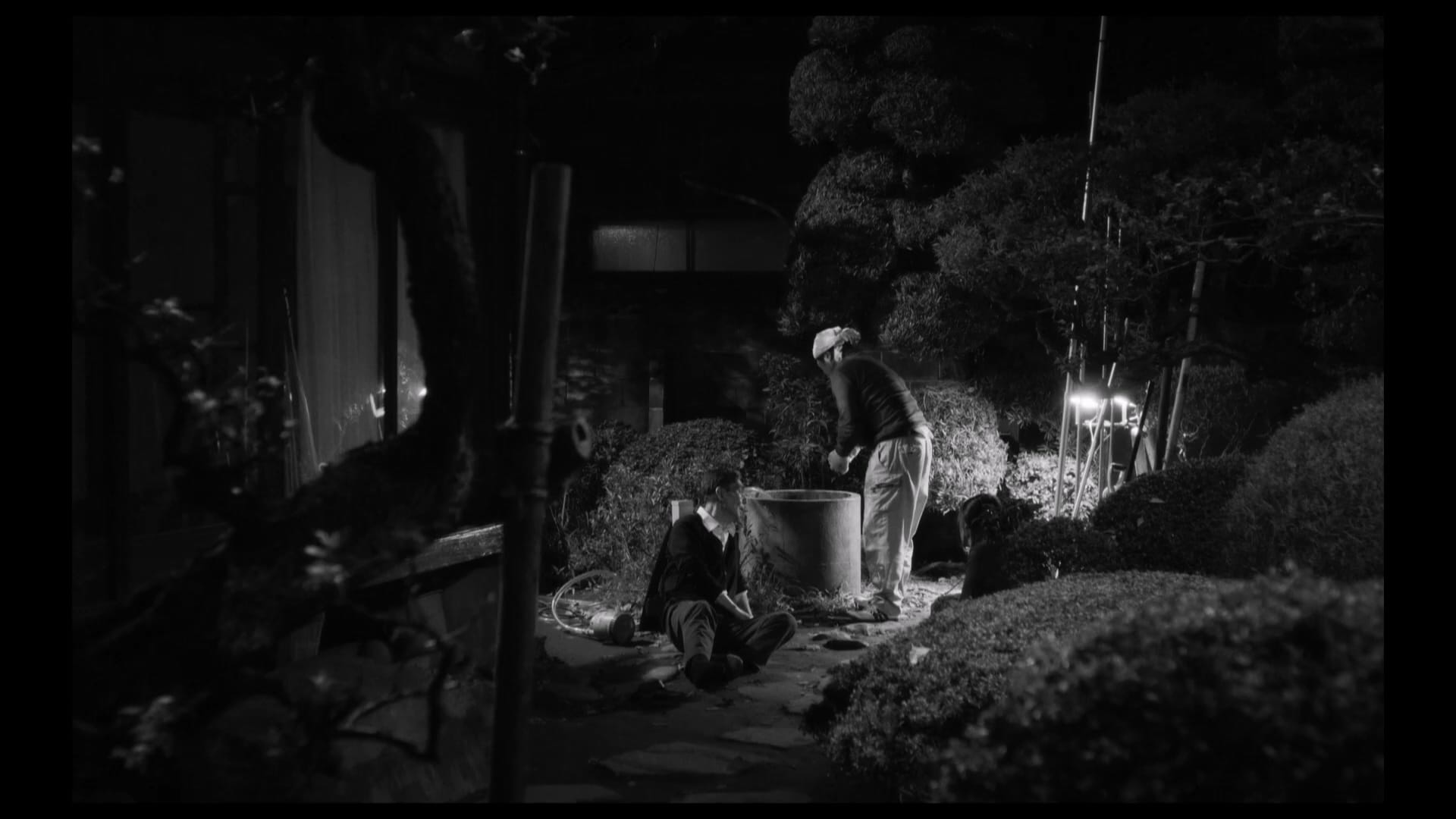
An early highlight of 2025, this adaptation of a Yasutaka Tsutsui novel (the author of, among other things, Paprika) is appropriately strange: a quiet black and white drama of and older man living out his day to day slowly collapsing into the surreal after he receives a strange email warning that “The enemy is coming.” For me, the magic here is how gradual the shift to unreality really is—much like the protagonist, I hardly even realized things were changing until it was all far, far too late. I won’t spoil what this movie ends up being, but it’s a surprisingly affecting twist on a genre, one that’s funny and sad and hypnotically odd.
Have thoughts about anything covered this week? Got a recommendation you’re dying to share? Want to tell me how handsome and cool I am? Leave a comment below!
oh and I wrote about edgy video game movie masterpiece Galerians Rion over at Bullet Points Monthly


